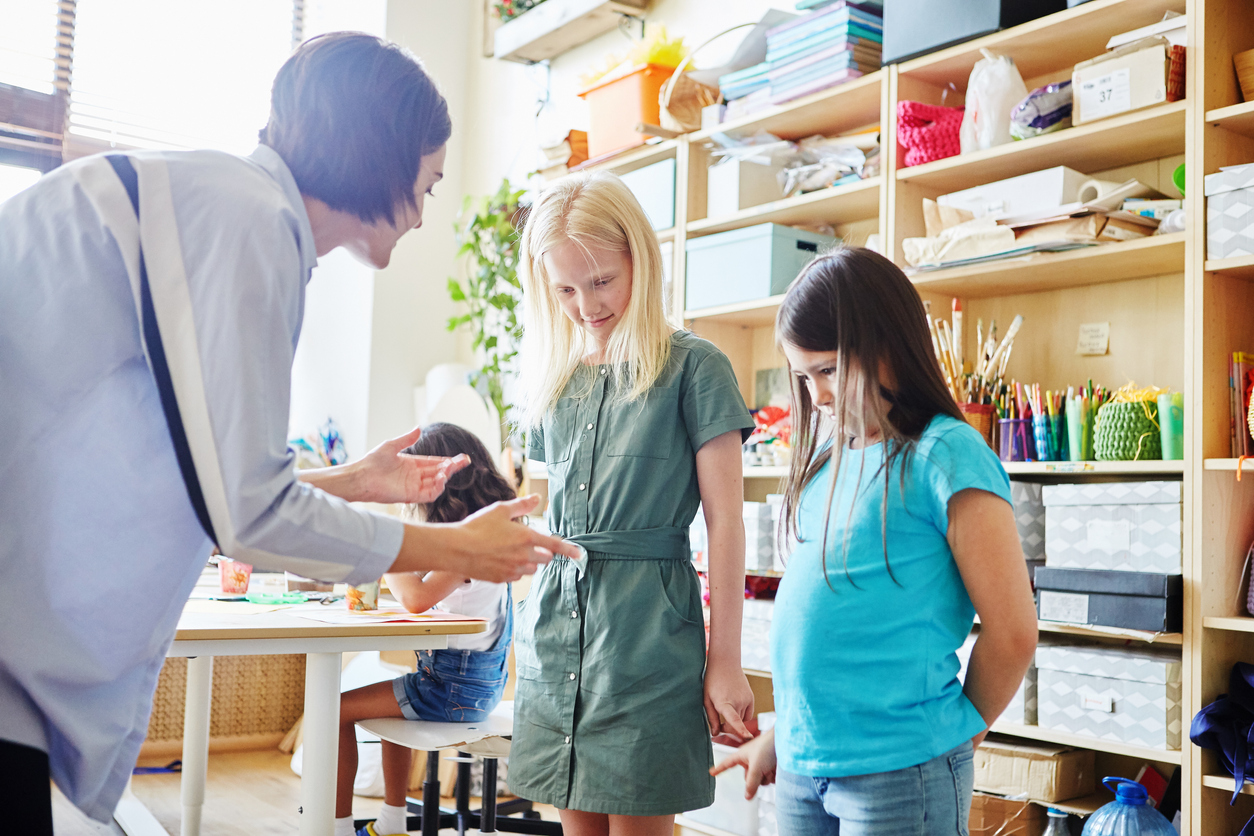Education should be a rewarding field to work in. The fruits of an educator’s labor helps create a brighter future, one student at a time. However, from mass shootings to classroom assaults, schools today are fraught with violence.
Studies show nearly half of all educators and a third of administrative and support staff are considering transferring or leaving the field for good. School violence poses a threat not just to students but victimizes employees in the process.
On this episode of the WorkSAFE Podcast, we are joined by Dr. Susan D. McMahon. She is a Professor of Psychology and the Associate Dean for Research and Graduate Programs for the College of Science and Health at DePaul University. McMahon is also the Chair of the American Psychological Association Task Force on Violence Against Educators and School Personnel. With more than 30 years of experience, her research focuses not just on violence, but classroom management, teacher training, and supporting students with disabilities.
First, we’ll talk about the impact of school violence on key educational stakeholders. Then, we’ll share the importance of tackling school violence in a holistic way. Finally, we’ll discuss three things educators need today.
Listen to this episode of the WorkSAFE Podcast or read the show notes below.
School violence: The impact on key educational stakeholders
Prior to 2010, the impact of school violence on teachers and other educational staff was an understudied area. Most research focused on students. The work of McMahon and others helped open the door on these important conversations.
Nearly 80% of educators and other staff, including social workers and school psychologists, have experienced some kind of violence in the workplace. They face not only intimidation, threats, and verbal abuse, but physical violence, such as punching, kicking, hitting, and biting.
Educators lack tools to address school violence
A lack of research results in a lack of adequate training and tools. Dr. McMahon found that few of the resources available targeted educators themselves. Weak policies also cause teachers difficulties.
“Often, teachers and school staff have felt that policies either weren’t effective or they weren’t consistently implemented,” she shared. “That has an effect on their ability to engage in the important teaching that they are there to do. “
Students aren’t the only cause of school violence
For Dr. McMahon, it’s important to highlight that while students are frequent perpetrators school violence, they aren’t the only ones. “Parents, interestingly, have offending rates at pretty high levels as well. It’s not just students,” she shared.
Upper management within a school system are another hidden source of aggression. “Teachers and educators and other school staff are kind of getting it from all angles. Students tend to be the most common offenders, but they also get a lot of violence and aggression from parents, from colleagues, from administrators.”
Teacher shortages compound school system issues
When an educator leaves a school system, it has an unfortunate effect on those still within it. “It’s sort of a cycle where, when teachers or educators leave, then there’s gaps that need to be filled,” Dr. McMahon explained. Remaining colleagues take on extra students and tasks. As a result, they become even more susceptible to burnout.
The COVID-19 pandemic pushed many educators to their limit. In addition to worries about illness, many took on the unfamiliar task of teaching online. Returning to the classroom meant personal protective equipment, protocols, and guidelines. Exhausted, some chose to look to other areas in education – and even other fields – for different opportunities.
Tackling school violence in a holistic way
School violence is more than a classroom issue. Dr. McMahon sees schools as a reflection of society as a whole. “What we really need is a comprehensive, holistic approach, that takes into account the entire ecology of the school, and the community, and the neighborhood,” she shared, “And building relationships and systems that will kind of better serve our students, and also our educators.” This approach should:
- Prevent and address school violence
- Deal with behavioral issues
- Improve school climate
- Focus on consistent discipline
3 things educators need today
Dr. McMahon points to a few key areas educators need today:
- Stronger relationships with parents. When it comes to classroom incidents, parents are often quick to advocate for and defend their child. An open relationship between parents and teachers can allow for discipline and action to be taken without negative feedback.
- Effective school leadership. Having the right leadership in place can reduce levels of burnout. When leaders don’t support and defend their staff against school violence, it can lead them to feel victimized a second time.
- Improved policies at the state and national level. Change can happen on a larger scale when supported by state and federal governments. Legislation has led to funding for educator training, school-based mental health programs, and academic enrichment plans. Advocacy at higher levels leads to more services, better policies, and effective action.
Direct feedback leads to better school violence solutions
Every school district and classroom is different. When it comes to school violence solutions, direct feedback from educators is the best place to start. Not only do they have experience working within the school environment, but they also know what kind of support would make the biggest impact in their classrooms.


